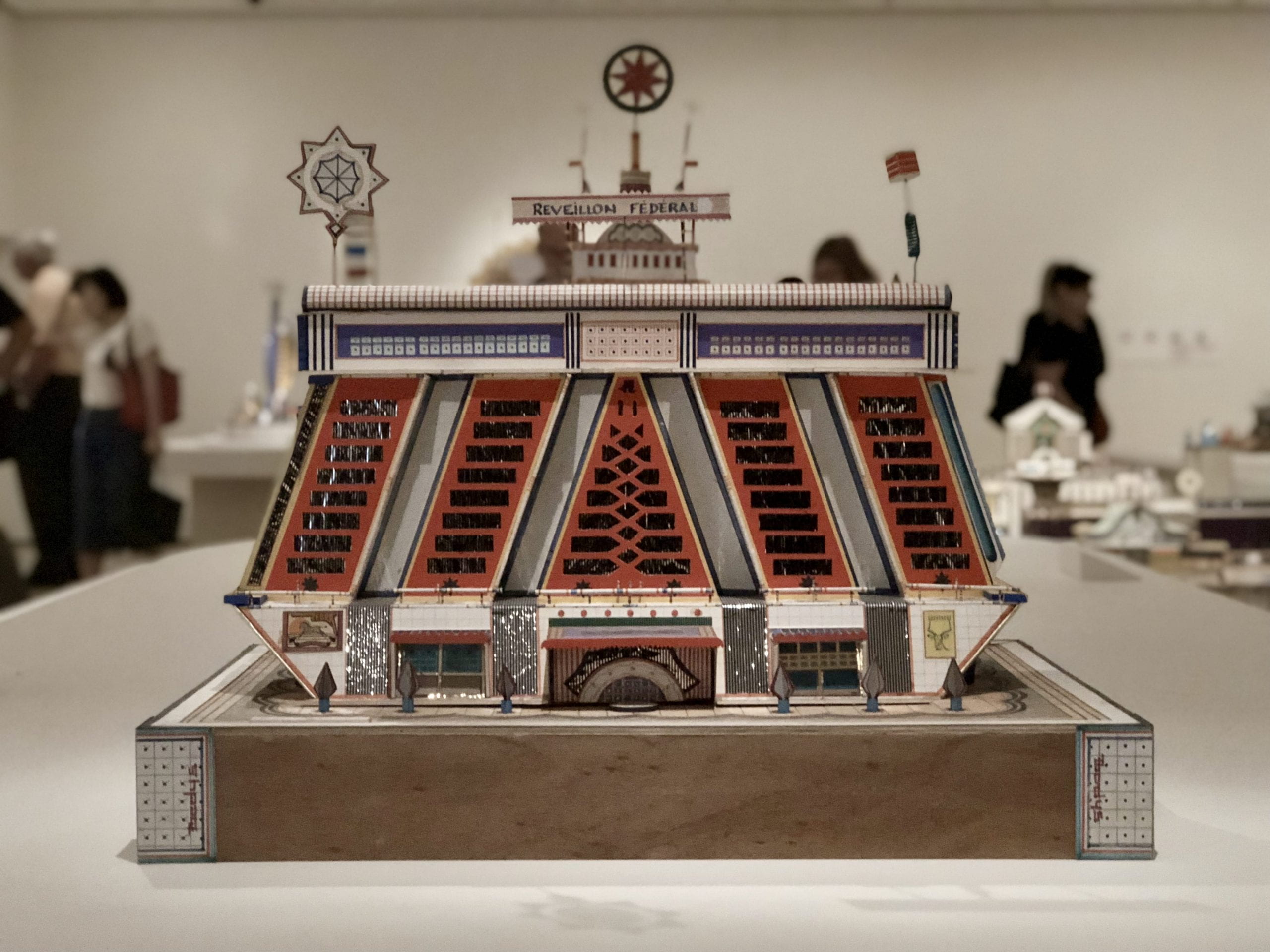Tag History of Architecture
All photographs by Enrique Ramirez, click to enlarge + read captions By guest contributor Enrique Ramirez There was a moment upon entering Bodys Isek Kingelez: City Dreams, currently at MoMA until January 1, 2019, when I felt as if I… Continue Reading →
by guest contributor Emelyn Lih The work of Swiss literary critic, hermeneut, and historian of ideas Jean Starobinski can be characterized by its dedication to depth and diversity: diversity of periods explored (from Montaigne to Baudelaire to Claude Simon, to… Continue Reading →
by guest contributor Elizabeth Biggs The International Congress on Medieval Studies held in Kalamazoo last week was immensely diverse, given its 3,000 attendees, but a good reflection of medievalists generally. It didn’t take itself particularly seriously, the alcohol flowed generously,… Continue Reading →


